LTL construction delivery: a practical guide for distributors and suppliers
Ryan Miller
March 24, 2025
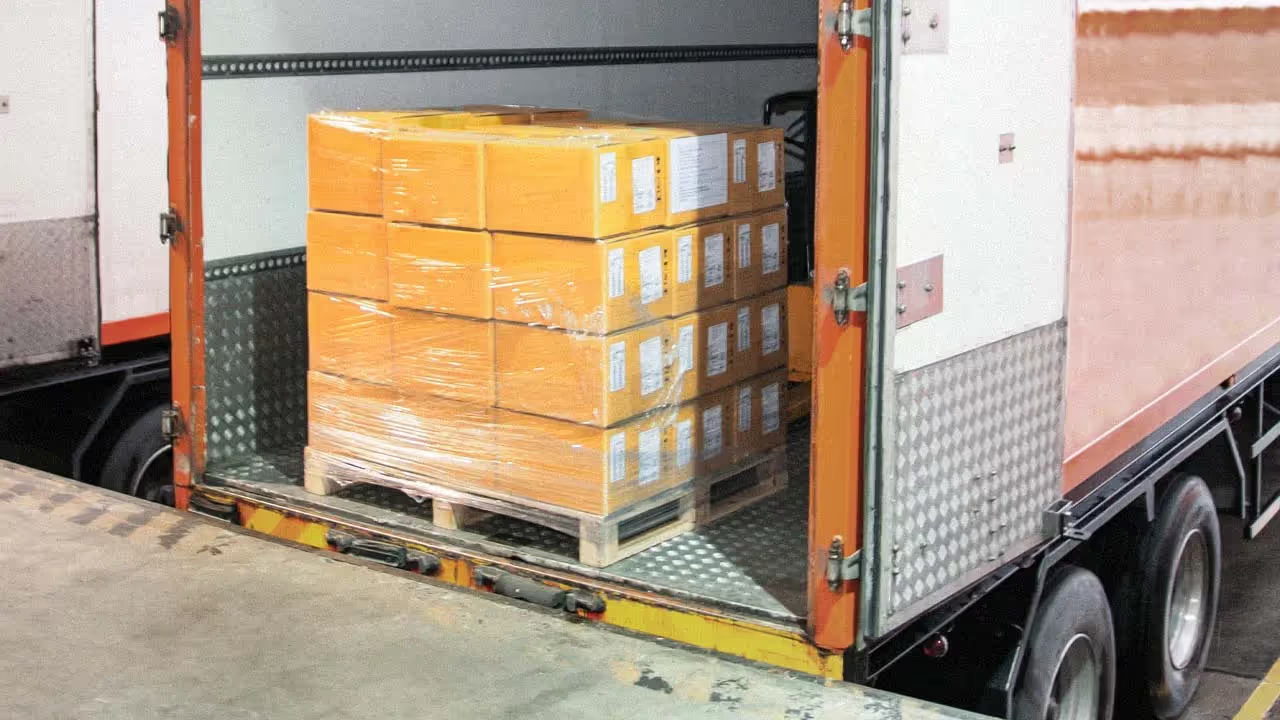
If you're in construction and need to ship building materials, equipment, or supplies, but not enough to fill a whole truck, LTL shipping might be the right choice for you.
However, many distributors and suppliers aren't sure how LTL works. Maybe you've had problems with late deliveries before. Or you're worried about freight getting damaged. Or perhaps you don’t know where to start.
This guide will explain LTL shipping in simple terms. You'll learn when it makes sense, what the process looks like, and how to avoid common issues.
What is LTL for construction supplies delivery?

LTL construction shipping means moving building materials using Less-Than-Truckload freight. It’s used when your shipment isn’t big enough to fill an entire truck. Instead, your freight is combined with shipments from other companies going in the same general direction. You only pay for the space your freight takes up.
LTL freight is usually palletized or crated. Common items include boxes of tile, plumbing fixtures, doors, tools, and small HVAC units. Drivers may stop multiple times to load and unload other shipments. That’s why LTL construction shipping is best for non-urgent or scheduled deliveries, not last-minute needs.
The American Trucking Association reported a shortage of 80,000 drivers in October 2021. That number could grow to 160,000 by 2030. This shortage affects the availability and cost of full truckload shipping. As finding dedicated trucks and drivers becomes harder, many construction businesses turn to LTL as a more flexible option.
Curri is a leading delivery network built for construction. With LTL delivery, Curri helps distributors and suppliers move materials quickly and reliably. You can shop LTL rates from 100+ nationwide carriers, all in one place.

When to use LTL shipping in construction
- You're not shipping full truckloads:
LTL is designed for freight that doesn’t fill an entire trailer. Instead of paying for unused space, you only pay for the portion you use. Typical LTL shipments range from 150 to 15,000 lbs, making it ideal for mid-sized freight.
- Your job site has limited space or timing constraints:
Instead of sending large bulk shipments that require staging or storage, LTL lets you schedule smaller, more frequent deliveries—helping reduce clutter and keep materials arriving just-in-time.
- You're distributing to multiple locations:
LTL is well-suited for projects that require regional or multi-site delivery, allowing you to efficiently move materials across cities or states without dedicating a truck to each location.
- You're managing freight costs carefully:
When full truckload rates surge due to fuel costs, capacity shortages, or labor constraints, LTL can be a cost-effective alternative—especially when your shipments are flexible and non-urgent.
- You're sourcing from multiple suppliers:
LTL supports freight consolidation, making it easier to combine shipments from different vendors and facilitate inbound logistics.
- You don’t have your own trucks or delivery team:
LTL providers handle everything—drivers, trucks, routes, and scheduling. It’s a reliable way to scale deliveries without investing in a fleet or internal logistics resources.
- You're handling returns, repairs, or replacements:
Whether it’s returning oversized equipment or shipping warranty items back to the manufacturer, LTL offers a structured and affordable option for reverse logistics.
How LTL construction shipping works
Here’s a step-by-step breakdown of how LTL delivery service helps in construction:
Booking the shipment
Start by entering your shipment details into the Curri platform—what you're shipping, the weight and dimensions, and the pickup/drop-off locations.
From there, Curri automatically calculates your options and displays available LTL carriers that can handle the load.
If you already work with specific LTL providers, Curri supports over 100 carriers, allowing you to use your pre-negotiated rates directly through the platform.
If not, you can easily book from Curri’s nationwide network of trusted partners, including Saia, Old Dominion, Averitt, FedEx, Southeastern Freight Lines, ABF Freight, and more.
You’ll see upfront pricing, estimated transit times, and service levels—so there are no surprises at checkout.
Once you've selected a carrier, simply schedule your pickup.
Please note: LTL shipments typically require a minimum of 1-2 days for transit.

What you'll enter when booking
When booking an LTL shipment on Curri, you’ll provide basic shipment details—but we’ve automated much of the complexity to save you time and reduce errors.
Here’s what you’ll enter:
- Pickup and delivery addresses
- Type of location (warehouse, job site, business, etc.)
- Number of pallets or crates
- Total weight and dimensions
Here’s what Curri helps automate:
- Freight class – Automatically suggested based on your shipment details
- Accessorials – Curri detects and recommends common needs like liftgate, inside delivery, or limited access, so you don’t miss anything
You’ll also select:
- Desired pickup window
- Carrier preference (if any)
Loading
Make sure your freight is palletized, crated, or securely packaged. Everything should be strapped, shrink-wrapped, or banded so it won’t move or tip during transport. Loose items are more likely to get damaged or rejected by the carrier.
Depending on the size or weight of your materials, the following tools might be used:
- Pallet jack for moving pallets inside the truck
- Liftgate for raising and lowering freight at locations without a dock
- Straps and E-track to secure freight during transit
- Forklift if you're loading at a supply yard or warehouse
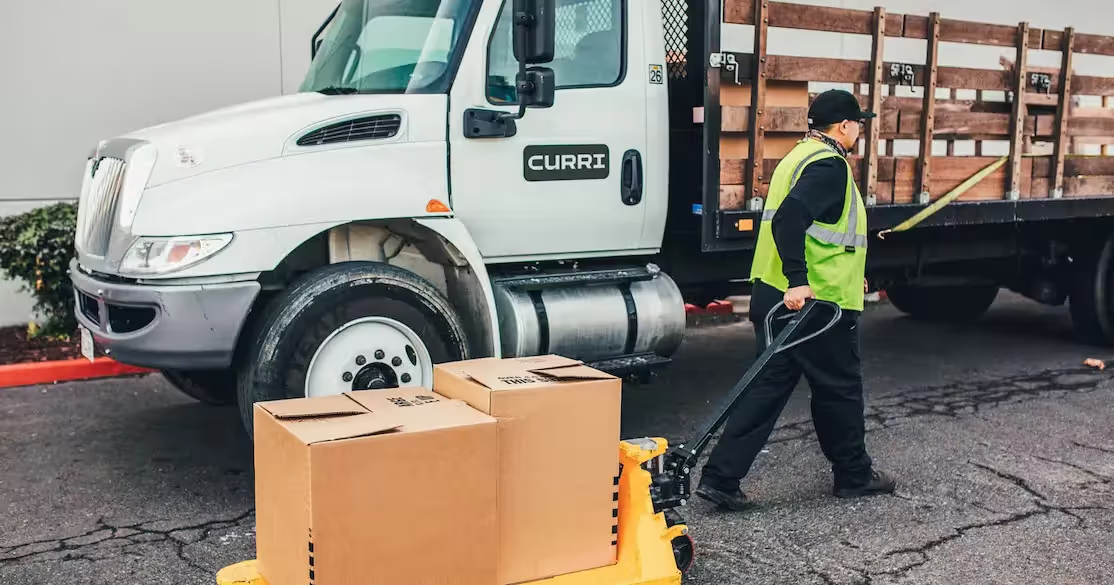
Most LTL construction services offer minimal liability, often based on weight—not actual value. That means if you ship $10,000 worth of materials and they get damaged, you might only get a few hundred dollars back. Curri takes that risk off your plate.
Transit and delivery timelines
Once your shipment is loaded and on the road, it goes through a series of transfers between terminals before reaching its final stop. LTL transit times are based on business days only, so weekends and holidays don’t count.
Curri makes logistics tracking easy with tools that let you view each order’s location, route, and driver assignments in real time.
Tracking and communication
Once your freight is on the road, real-time tracking becomes essential—especially when your job site depends on timely deliveries. Curri’s tracking system shows live driver locations, route progress, and estimated arrival time—all in one dashboard. You’ll know where your materials are at any moment so that you can plan labor, equipment, and job site activity accordingly.
Customers have access to BOLs (Bill of Lading) in their Curri portal and the BOL has all the details listed the customer entered in the system. These BOLs are specific for LTL shipments only.
.avif)
Pros and cons of LTL shipment for construction
LTL shipping can be a smart move for construction companies but it’s not perfect for every job. Here’s a detailed look at its pros and cons:
Pros of LTL shipment for construction
Cost savings
Materials make up 65% to 80% of a construction project’s total cost, so managing material expenses can make or break your profit margin. Full truckload (FTL) shipping is often overkill for smaller deliveries and more expensive than necessary.
LTL lets you pay only for the space you use instead of covering the cost of an entire truck. That’s especially helpful when shipping partial loads, specialty parts, or job-specific supplies. You can also combine loads from multiple vendors into one LTL shipment to avoid multiple delivery fees.
Flexible scheduling
With LTL shipping, you can schedule smaller loads exactly when your crew needs them, whether in the early morning before work starts or during a mid-project drop.
Most LTL carriers balance truckloads by weight and order size. Shipments around 1,000 pounds are ideal because they’re easy to fit into planned routes. That means you’re more likely to get reliable pickup and delivery windows. You can even schedule multiple deliveries across different job sites without paying for a full truck.
Larger loads (over 5,000 pounds) can be harder to schedule since they take up more room and limit how carriers build routes.
Environmental friendliness
Trucks run without cargo around 40% of the time, burning fuel and pumping out emissions for no reason. LTL shipping helps cut that down by filling freight from multiple shippers into one route.
Cons of LTL construction
Delivery delays
With LTL shipping, your freight shares space with other shipments going to different locations. That means more stops, transfers, and chances for something to run late.
Higher risk of damage
Your materials may be loaded and unloaded multiple times at different terminals before reaching the job site. Each transfer increases the chance of mishandling or impact damage.
Less control over scheduling
With LTL shipping, you might not always get to pick the exact time your materials will arrive. Since your freight shares space with other deliveries, the carrier sets the route based on what works best for everyone.
Challenges in LTL construction shipping (how to avoid them)
LTL shipping can save time and money but it also comes with a few common challenges. Here’s what to watch out for:
Freight damage
Because LTL shipments are handled multiple times at different terminals, each transfer increases the risk. Forklifts, stacking errors, or unsecured loads can all cause damage before the freight even gets close to your job site.
To reduce the risk:
- Palletize or crate everything securely.
- Label fragile items clearly and mark handling instructions.
- Distribute weight evenly on the pallet.
- Keep freight inside the edges of the pallet.
- Use foam padding or blocking for sensitive items.
Curri help lower the risk by matching you with drivers who regularly haul construction materials. They understand how to handle heavy, awkward freight. We also back every delivery with up to $250,000 in damage and loss coverage, so you're protected if something goes wrong with select carriers only.
Potential delays
Delays can happen in any shipping method, but they’re more common with LTL because your freight is sharing space with other shipments.
Missed pickups and load planning constraints are also common with LTL deliveries. If freight isn’t ready or the location isn’t accessible, carriers may reschedule for the next available slot.
To avoid surprises, it's smart to schedule your deliveries with buffer time—especially for critical materials. For urgent jobs, Curri offers same-day hotshot delivery nationwide.
Coordination with job site needs
In construction, timing matters. If materials show up too early, there’s nowhere to store them. If they arrive too late, your crew is stuck waiting. With traditional LTL, you often don’t know exactly when your shipment will arrive. That can throw off your schedule, especially on active job sites with multiple trades working at once. Tracking is available through status updates. Meaning, anytime the pro-number on the package is scanned in, you will get an update.
This level of visibility helps you:
- Avoid wasted crew time
- Prep unloading equipment (like forklifts or lifts)
- Clear space for incoming materials
- Keep the site running without disruption

Curri's construction couriers are the answer
Curri helps construction businesses by offering express LTL delivery for last-mile and middle-mile shipping. Whether it’s a one-time, periodic, or regular delivery, Curri can step in and make the LTL delivery.
By having Curri as part of the team, distributors/manufacturers/retailers can limit or eliminate their fleet. That’s because you have Curri’s fleet, which has vehicles of all sizes and functions, so you can always count on Curri to have the right vehicle for the job.

Need to improve your LTL delivery? Curri makes it simple. We help you get construction materials delivered fast—so your crew stays on schedule and your customers stay happy. From middle-mile to last-mile, we handle every part of the job. You’ll know where your freight is, when it’s arriving, and that it’s in good hands. Get started with Curri today!
Frequently asked questions about LTL construction
What is freight class, and why does it matter?
Freight class is a standard used to rate shipments based on density, handling, and liability. It affects your shipping rate. Construction items like pipes or tiles often fall into mid-range classes.
Is there a minimum or maximum weight for LTL?
Most LTL shipments range from 150 to 15,000 pounds. Anything under 150 lbs may be considered a parcel. Over 15,000 lbs may require a full truckload or special equipment.
What’s the difference between LTL and hotshot delivery?
LTL combines your freight with others on a shared truck. Hotshot delivery is a dedicated, same-day shipment for time-sensitive or heavy loads.
.avif)










-min.avif)

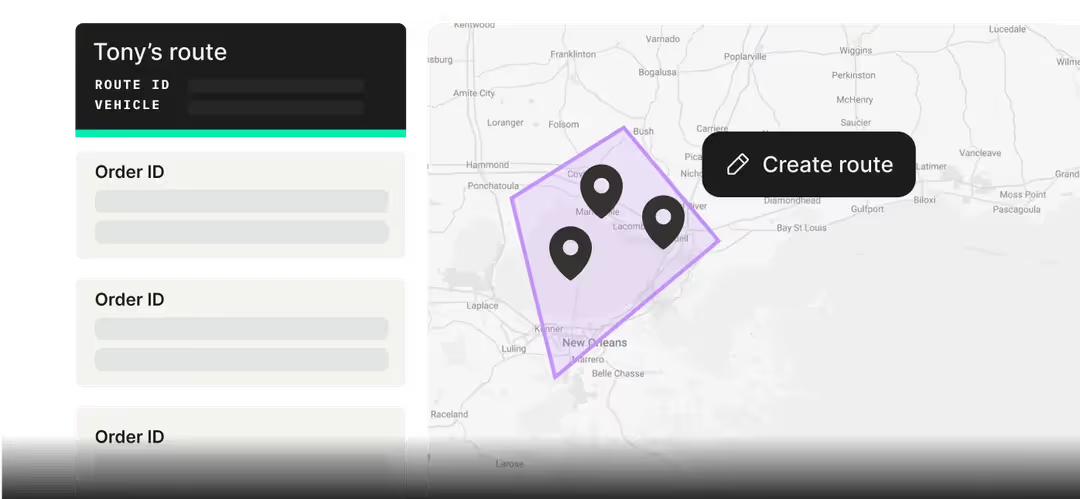

-min-min-min.avif)



.jpeg)
-min.jpeg)


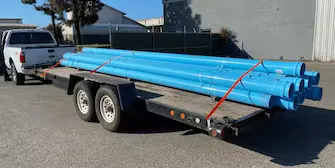
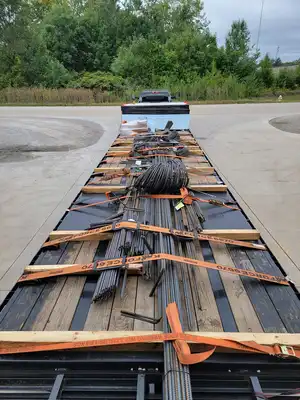


-min.webp)
.webp)



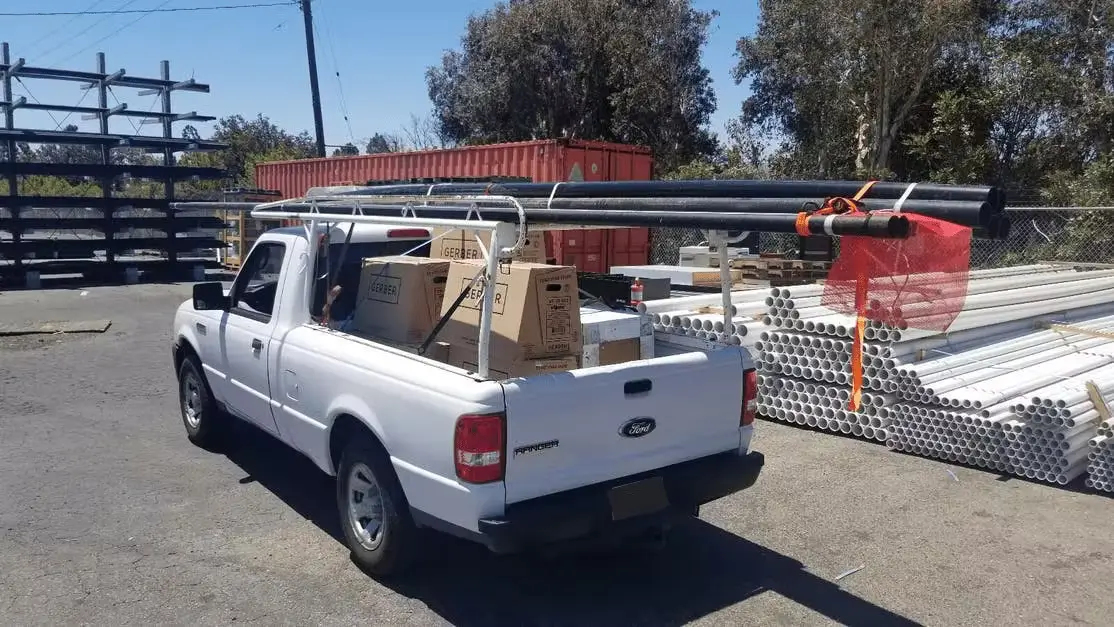

.webp)

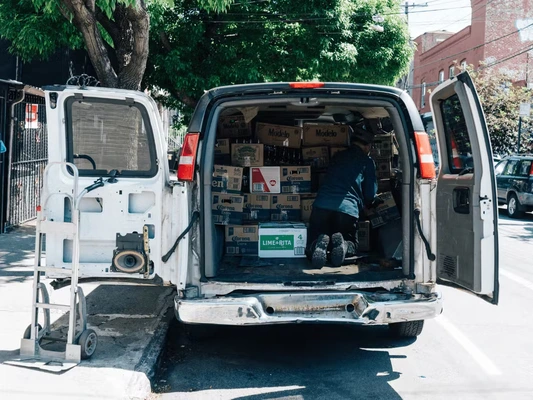


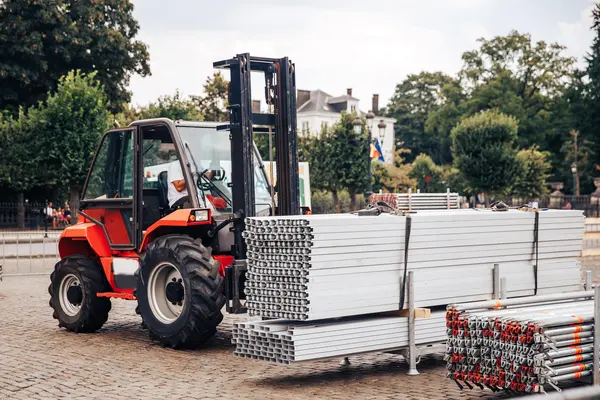
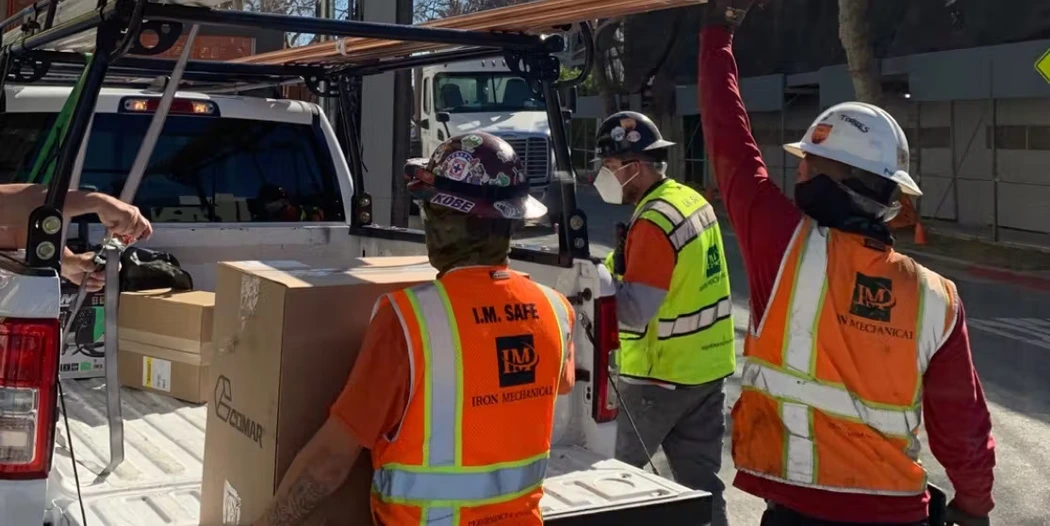
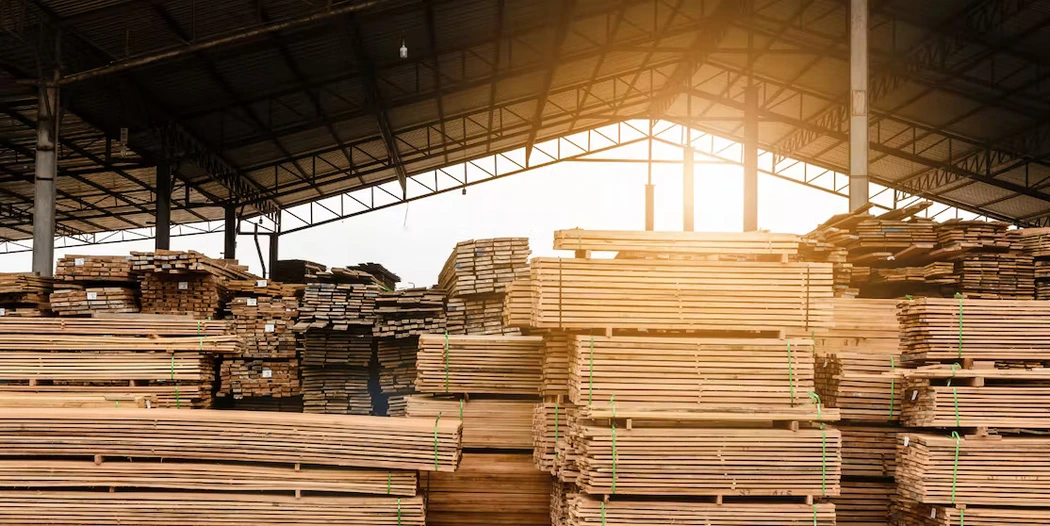





.webp)
-min.avif)


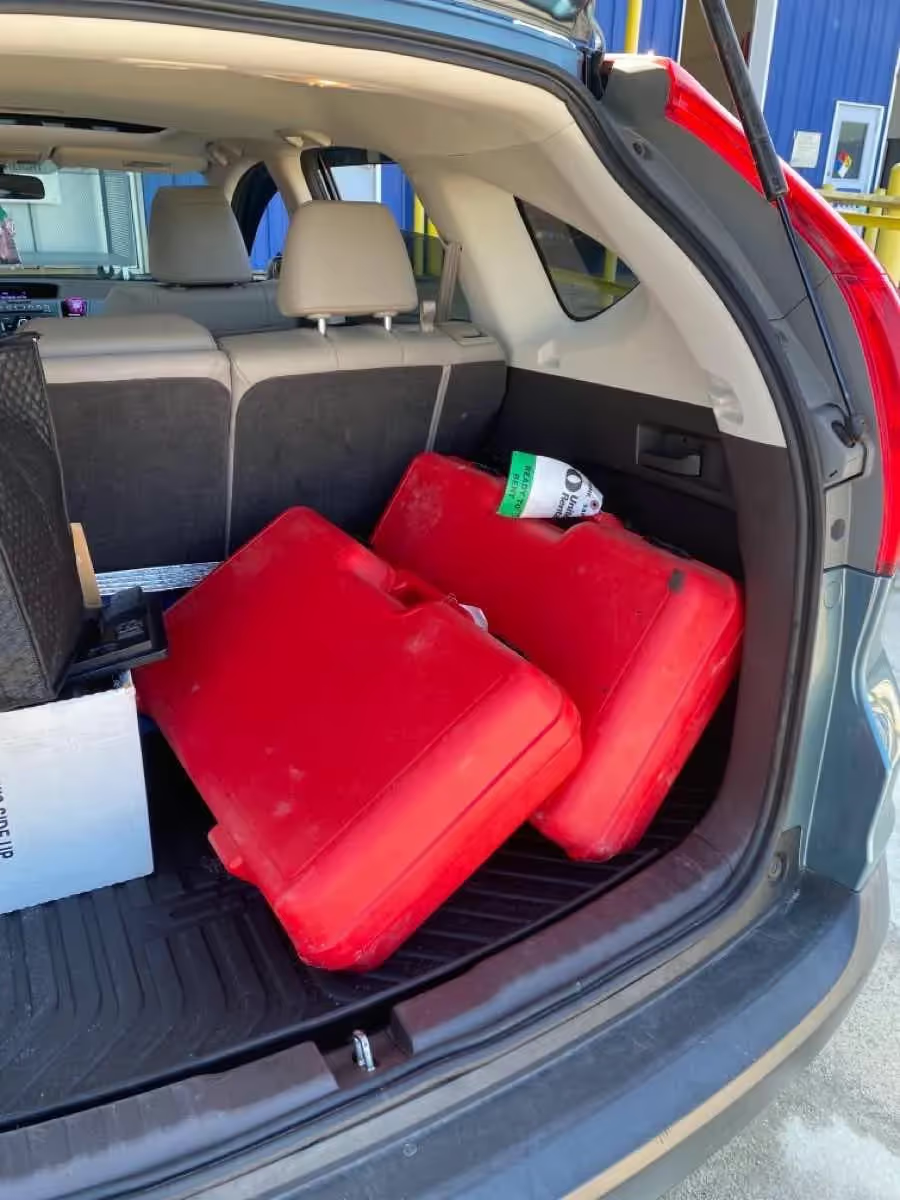

-min%2520(1).avif)

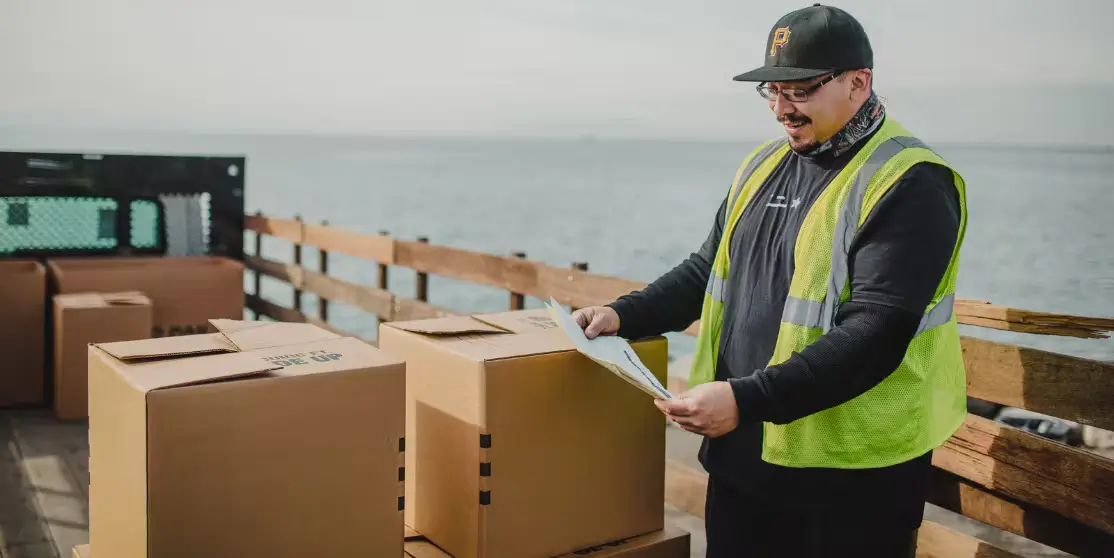


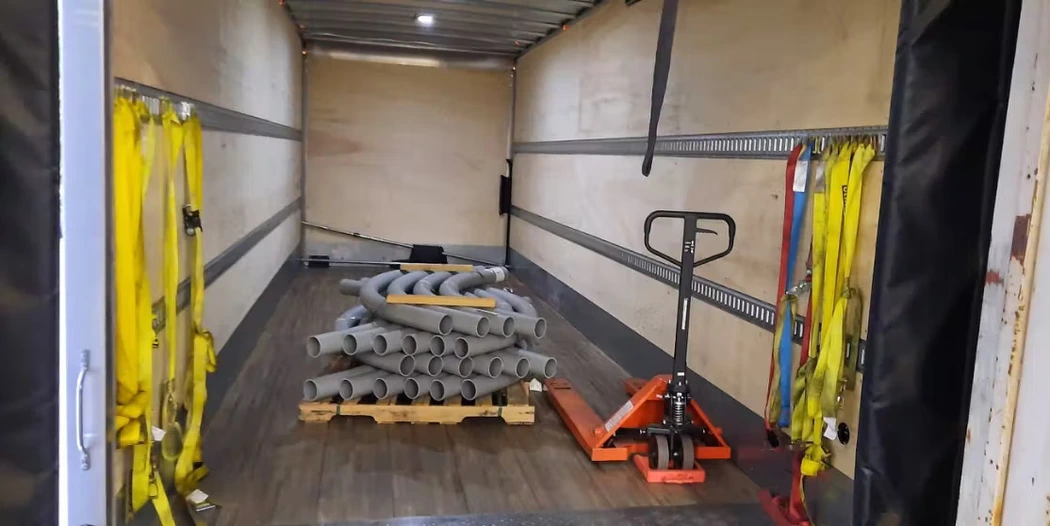
.avif)
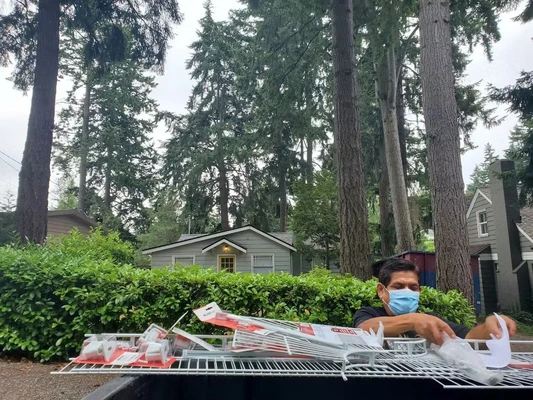



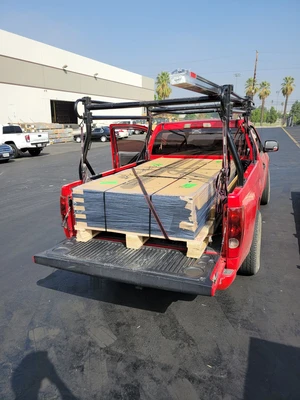
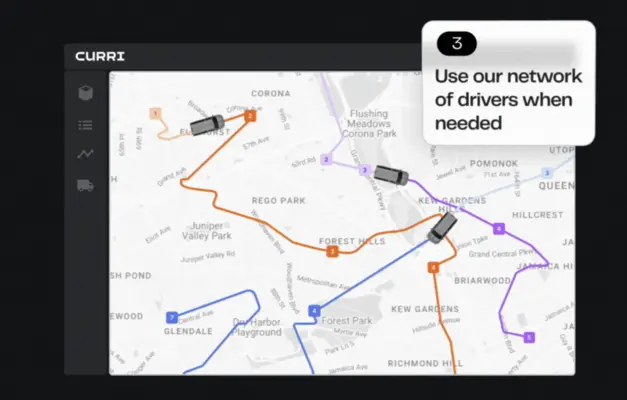


-min.avif)



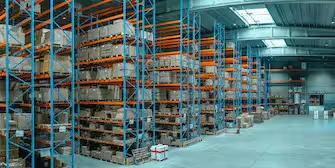

.webp)
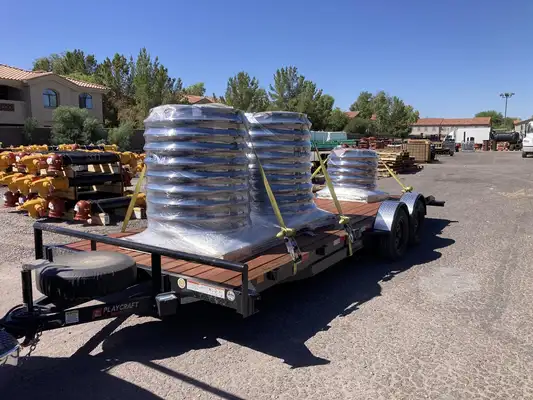
.webp)


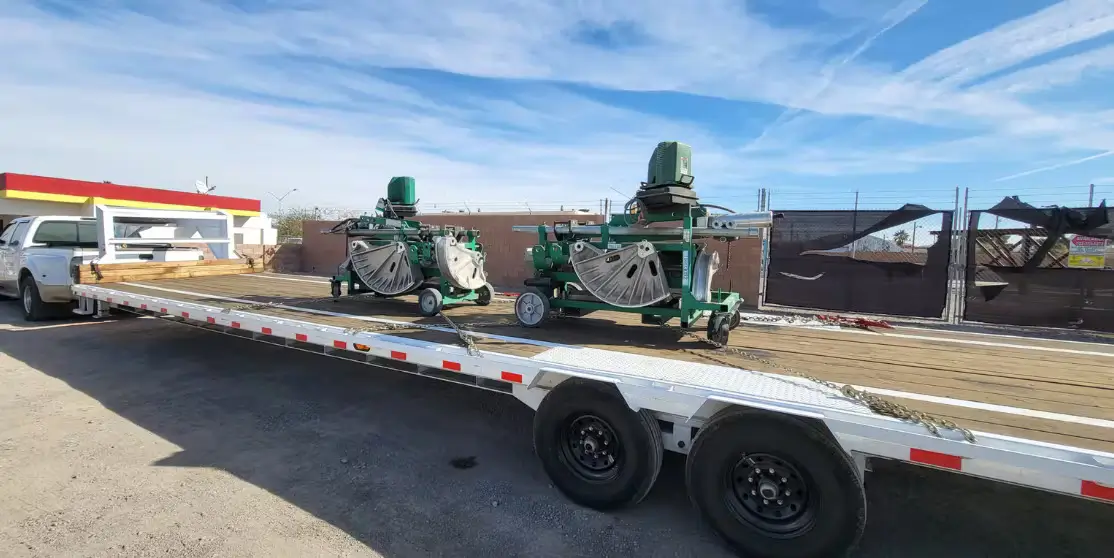
-min.avif)

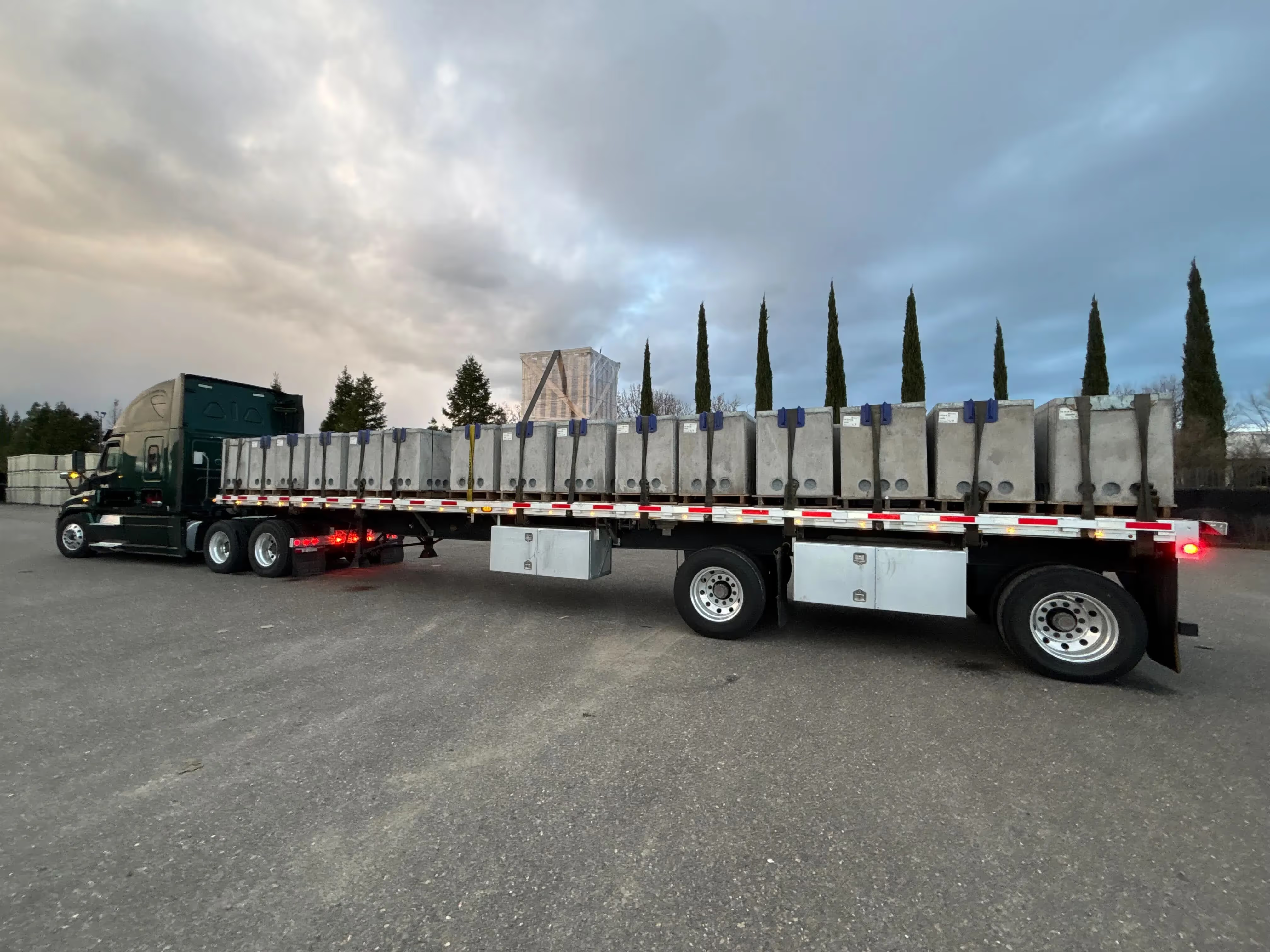


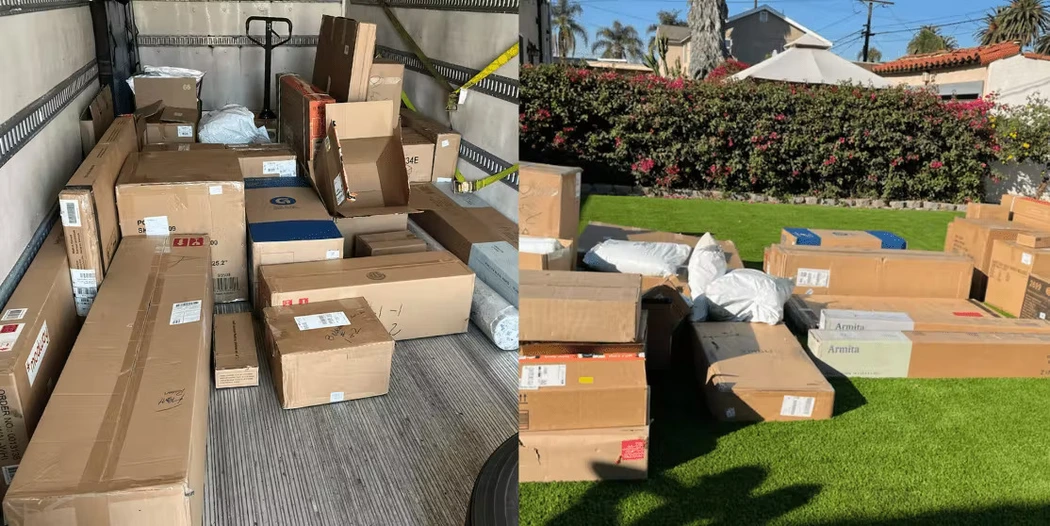
-min.webp)

.webp)
-min.webp)



.webp)

.webp)
.webp)

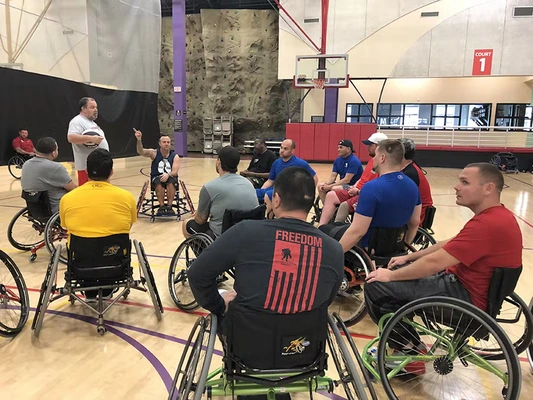
.webp)




-min.webp)

.webp)
.webp)